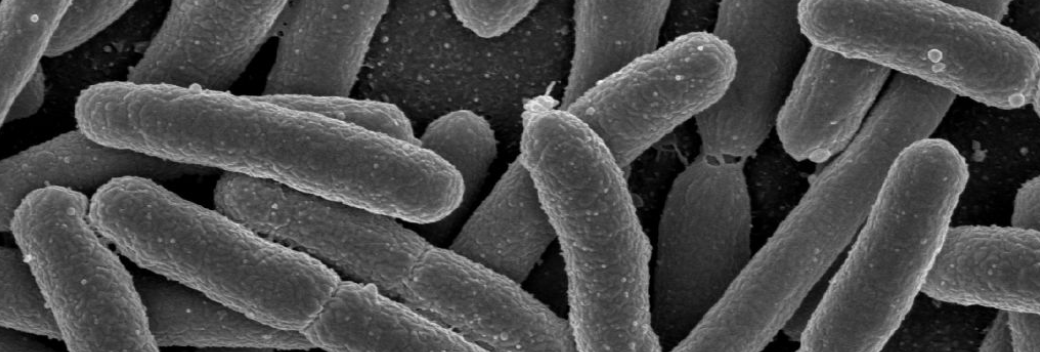Quantitative Analysis and
Visualization of Experimental Data
Visualization of Experimental Data
2020-03-23
Preface

Figure 1: E. coli. Credit: Rocky Mountain Laboratories, NIAID, NIH
Purpose
This lecture will require students to engage in both computational and creative thinking to analyze and present data. Several elements that make data easy to understand and statistically meaningful will be reviewed. Students will have access to online R-suite tools for sequence analysis, allowing them to ask questions about how well the genomes from two viruses align to one another and how rapidly a virus can be detected in different locations.
Intended Learner
The learning modules are intended for middle and high school students who are interested in expanding their understanding of how information plays a critical role in communicating science concepts, how data analysis methods allow for increased confidence in conclusions, and how effective communication for a public audience can utilize a combination of images, text, and interactive media.
Intended Learning Outcomes
Students of this module will be able to:
- summarize benefits from quantitative analysis of data
- identify an example of software used for quantitative analysis
- describe basic methods of quantitative analysis
- explain the role of quantitative analysis in the context of COVID-19 and synthetic biology
Do you know how to do any of these already?
Education Standards Alignment
Teachers are encouraged to consider incorporating portions of this content into their curriculum. This section of the ‘Bio-Engineering for a Changing World’ lecture series aligns broadly with the NGSS Science and Engineering Practice of Using Mathematics and Computational Thinking but specifically addresses content of the following:
Middle School (6-8)
- Use digital tools (e.g., computers) to analyze very large data sets for patterns and trends.
- Use mathematical representations to describe and/or support scientific conclusions and design solutions.
- Create algorithms (a series of ordered steps) to solve a problem.
- Apply mathematical concepts and/or processes (such as ratio, rate, percent, basic operations, and simple algebra) to scientific and engineering questions and problems.
High School (9-12)
- Create and/or revise a computational model or simulation of a phenomenon, designed device, process, or system. Use mathematical, computational, and/or algorithmic representations of phenomena or design solutions to describe and/or support claims and/or explanations.
- Apply techniques of algebra and functions to represent and solve scientific and engineering problems.
The BioBuilder Educational Foundation
BioBuilder, the organization supporting this program, is “an innovative, STEM education nonprofit created by an award-winning team at MIT …that… offers a wide range of open source, free curricula to provide hands-on experiences that foster exploration, innovation, and interest in the emerging area of synthetic biology.” Please visit BioBuilder.org to learn more!